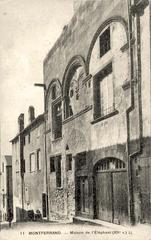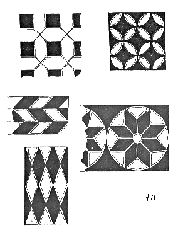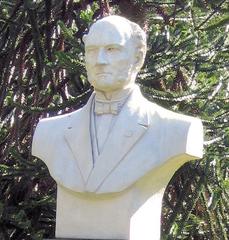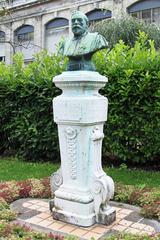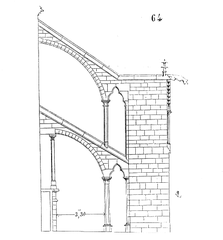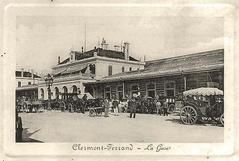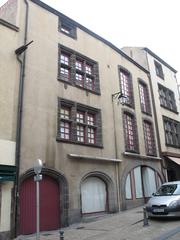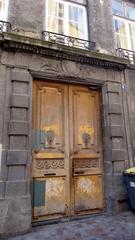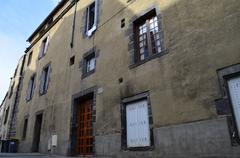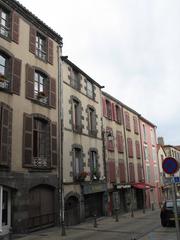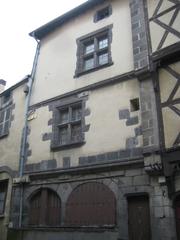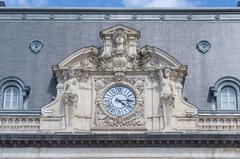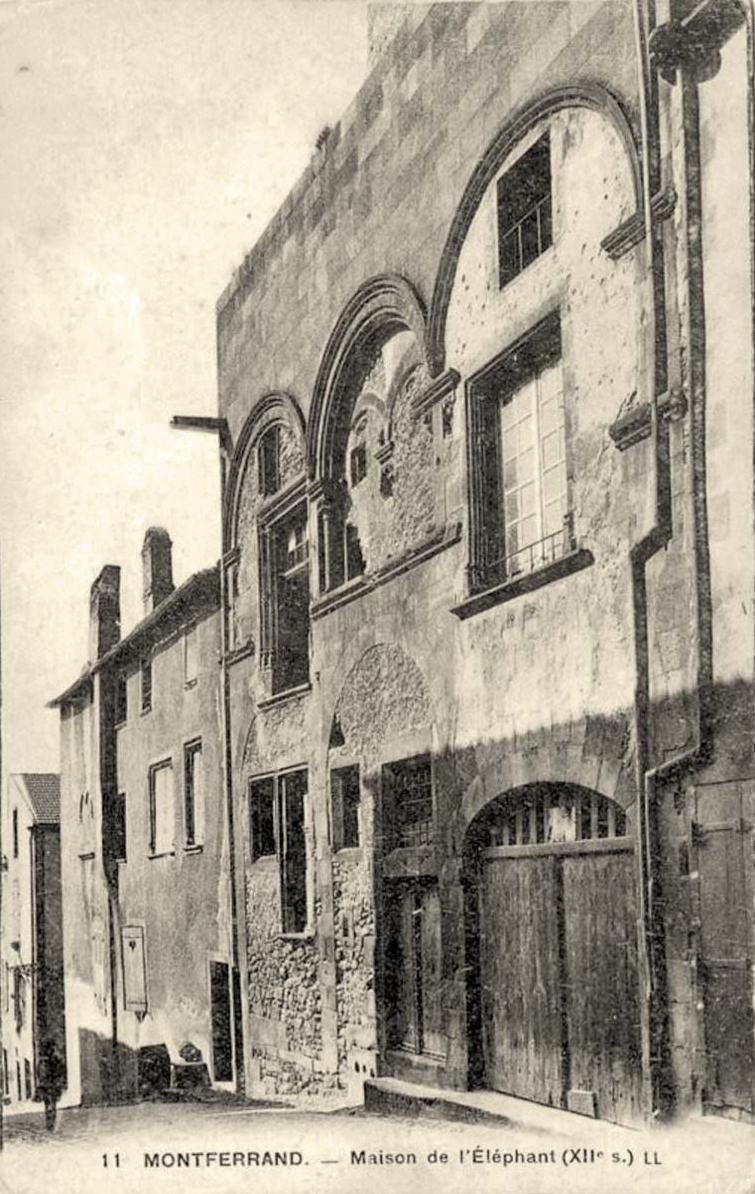
Maison De L’Éléphant: Visiting Hours, Tickets, and Complete Guide to Clermont-Ferrand’s Medieval Treasure
Date: 14/06/2025
Introduction
Located in the heart of the Montferrand district, Maison de l’Éléphant is one of Clermont-Ferrand’s most remarkable medieval monuments. Famed for its distinctive elephant mural, this historic building encapsulates the evolution of Romanesque and early Gothic domestic architecture in the Auvergne region. Although most appreciated from the exterior, Maison de l’Éléphant remains a must-see for history enthusiasts, architecture lovers, and cultural explorers eager to connect with the rich heritage of Clermont-Ferrand (Annie Regond, 2012; Archiwebture; Monumentum; The Crazy Tourist).
Contents
- Overview: Maison de l’Éléphant and Its Significance
- Practical Visitor Information
- Opening Hours & Tickets
- Accessibility
- How to Get There
- History and Architectural Details
- Cultural and Urban Significance
- Visiting Experience and Tips
- Nearby Attractions
- Guided Tours and Special Events
- Sustainability and Heritage Protection
- FAQ
- Essential Links and Contacts
- Sources
Maison de l’Éléphant: A Unique Historical Gem
Maison de l’Éléphant offers a rare glimpse into medieval and Renaissance domestic architecture. Its façade, adorned with a painted elephant motif—an unusual symbol in France—stands as one of the few surviving examples of medieval mural art. Built between the 12th and 15th centuries, the house reflects centuries of architectural evolution, serving as both a residence and a cultural landmark (Annie Regond, 2012).
Practical Visitor Information
Opening Hours
- Exterior Viewing: The Maison de l’Éléphant is best appreciated from the street and is accessible year-round at any time.
- Interior Visits: The building is not regularly open to the public. However, occasional interior access is granted during special events such as the European Heritage Days (Journées du Patrimoine), typically in September (Monumentum). Confirm dates via the official agenda.
Tickets and Fees
- Exterior: Free of charge.
- Interior/Special Events: Guided tours during heritage events may require a ticket, available through the local tourist office or event organizers.
Accessibility
- The area around Maison de l’Éléphant is generally accessible, with paved streets and flat terrain, though some medieval streets may be uneven.
- Wheelchair users may encounter challenges with narrow sidewalks or steps; contact the tourist office for detailed accessibility information.
How to Get There
- Address: 12 rue Kléber, 63100 Clermont-Ferrand, France.
- Public Transport: Accessible via Tram A (stops: “Musée d’Art Roger-Quilliot” or “Montferrand Fontaine”) and several bus lines (20, 21, 25, 31, 33).
- By Bike: C-Vélo public bike stations are located nearby (Auvergne-Rhône-Alpes Tourisme).
- By Car: Street parking is available, but may be limited during peak periods.
History and Architectural Details
Origins and Evolution
Maison de l’Éléphant dates back to the 12th century and is a rare example of Romanesque domestic architecture in the region. Its robust volcanic stone walls, semicircular arches, and original paired windows are hallmarks of the period (Archiwebture). Over the centuries, the building underwent significant changes, adopting Gothic window styles and undergoing façade modifications to suit changing needs.
The Elephant Mural
The unique elephant mural, painted in the spandrel of the central windows, is a rare secular motif in medieval France. It likely reflected the owner’s aspirations or connections to distant lands and symbolizes strength, wisdom, and prestige (Annie Regond, 2012).
Conservation
Maison de l’Éléphant was classified as a Monument Historique in 1862. Restoration efforts have focused on stabilizing the structure and preserving the delicate mural, with ongoing maintenance to address the effects of weather and pollution (Monumentum).
Cultural and Urban Significance
Montferrand was historically a prosperous independent city, rivaling Clermont until their eventual union. Maison de l’Éléphant is emblematic of Montferrand’s medieval wealth and cosmopolitan spirit. Its distinctive name and artwork set it apart, making it a focal point for heritage walks and cultural events (Auvergne-Rhône-Alpes Tourisme).
Visiting Experience and Tips
- Best time to visit: Late spring to early autumn (May–October), when the weather is mild and cultural events abound.
- Combine your visit: Explore the medieval streets, timber-framed houses, and nearby monuments for a comprehensive experience.
- Photography: The façade and surrounding streets offer excellent photo opportunities, especially in soft morning or evening light.
- Respect privacy: As Maison de l’Éléphant is a private residence, please be considerate of the occupants when visiting.
Nearby Attractions
- Basilique Notre-Dame-du-Port: UNESCO-listed Romanesque church renowned for its architecture.
- Musée d’Art Roger-Quilliot (MARQ): Art museum in a former convent, featuring works from the Middle Ages to the 20th century.
- Fontaine d’Amboise: Renaissance fountain crafted from volcanic stone.
- Local markets and cafés: Sample regional cuisine and enjoy the lively atmosphere of Montferrand.
Guided Tours and Special Events
Maison de l’Éléphant is featured in guided walking tours organized by the Clermont Auvergne Volcans Tourist Office. Tours are typically in French; English-speaking guides are available by request. Special interior visits may occur during major heritage events—check the official agenda for updates.
Sustainability and Heritage Protection
Maison de l’Éléphant is owned by a local heritage association and maintained with support from public and private partners. Visitors are encouraged to support local businesses and respect the historic environment to help preserve Montferrand’s unique heritage for future generations (POP Culture).
Frequently Asked Questions (FAQ)
Q: Can I visit inside Maison de l’Éléphant?
A: The interior is not normally open to the public, except during select heritage events.
Q: Are guided tours available?
A: Yes, guided walking tours of Montferrand often include Maison de l’Éléphant. English tours can be arranged with advance booking.
Q: Is there an entry fee?
A: Exterior viewing is free. Tickets are only required for special events or guided interior tours.
Q: Is the area accessible for wheelchairs?
A: The neighborhood is mostly flat but some pavements are narrow or uneven.
Q: Can I take photos?
A: Yes, photography of the exterior from public spaces is allowed.
Essential Links and Contacts
- Clermont Auvergne Volcans Tourist Office — Guided Tours & Events
- Maison de l’Éléphant — Monumentum
- Auvergne-Rhône-Alpes Tourisme — Montferrand
- The Crazy Tourist — Top Things in Clermont-Ferrand
- Official Agenda and Event Calendar
Sources
- Annie Regond, 2012 (Annie Regond, 2012)
- Archiwebture (Archiwebture)
- Monumentum (Monumentum)
- The Crazy Tourist (The Crazy Tourist)
- Clermont Auvergne Volcans Tourist Office (Clermont Auvergne Volcans)
Summary
Maison de l’Éléphant is a living testament to Clermont-Ferrand’s medieval and Renaissance legacy. Its unique architecture and rare mural invite visitors to step back in time and discover the layered stories of Montferrand’s past. Though interior access is rare, the site’s exterior and the surrounding district offer a rewarding experience for all visitors. For the most fulfilling visit, plan during heritage events, participate in guided tours, and make use of resources such as the Audiala app for further insights.
